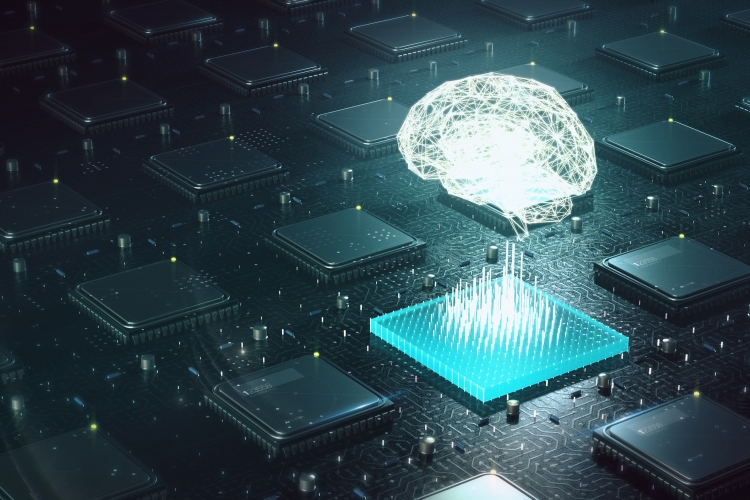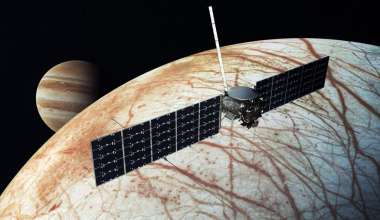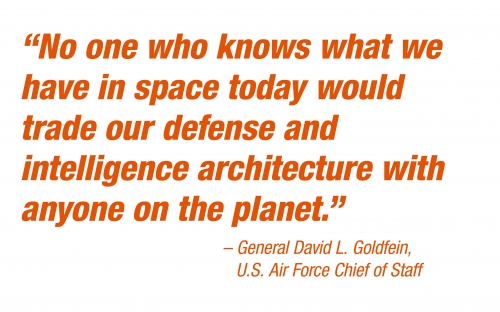
Modern computers process information in a way that looks remarkably human. Aerospace has been exploring how the latest advances in artificial intelligence (AI) and machine learning can be used to enhance space capabilities and protect assets from malicious threats.
A recent effort combined machine learning with machine vision to create a system that could autonomously review video footage and detect patterns of activity. In one test case, the system monitored video of a parking lot and identified moving cars and pedestrians. The system established a baseline of normal activity from which anomalous and suspicious actions could be detected.
Machine Learning
AI excels at sifting through mountains of data and finding variations that would escape human notice. Aerospace is exploiting this advantage to identify anomalies in the telemetry signal for batteries on orbit, detecting long-term trends that might not be obvious to an operator. Similarly, Aerospace is using machine learning to analyze rocket engine performance, automatically alerting analysts when a new dataset deviates from expected values. Researchers are also refining a powerful software program that can detect anomalies at rates and scales required for real-world applications; the program was recently used to spot anomalies in five years’ worth of telemetry data generated by operational AeroCube satellites.

Another intriguing project seeks to infuse AI into a simulation framework using “reinforcement learning,” whereby a program is “rewarded” for making good decisions. A related initiative is using reinforcement learning for path planning and navigation in robots operating in the physical world.
Aerospace is also applying AI to keep pace with advances in manufacturing. For example, researchers are working to combine machine learning with nondestructive evaluation of additive manufacturing with the goal of verifying fabrication quality while parts are being built, eliminating the need for manual inspection. Machine learning has also been used to automate imagery analysis, greatly reducing the manual processing needed and achieving more consistent results.
Intelligent Cyber Defense
Aerospace researchers recently took first prize in the Army Rapid Capabilities Office Blind Signal Classification Challenge, applying AI and machine learning to analyze unknown radio frequency signals. The methods devised at Aerospace could ultimately assist electronic warfare officers on the battlefield.
Another effort is applying text analytics and machine learning to help program offices evaluate contractor data during program design reviews. The innovative technique could have major ramifications for the acquisitions process.
Highlighting our AI Experts
The Future of AI is Bright: Meet Cedrick Argueta
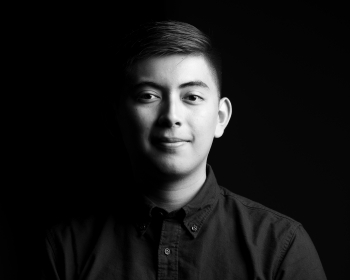
Aerospace is always seeking the best and brightest for the next generation of the company’s workforce. That’s why senior engineering specialist Joe Cheng seized the opportunity to connect with and mentor high school student Cedrick Argueta, who garnered national attention and a visit to the White House after becoming the first Hispanic student to get a perfect score on the AP calculus exam.
Argueta—now a Stanford senior studying computer science—became an intern in the summer of 2018. “Cedrick was specifically interested in the challenge of AI,” Cheng says, “and the cool work we’re doing is what brought him to Aerospace.”
At Work on a Thinking and Dreaming AI
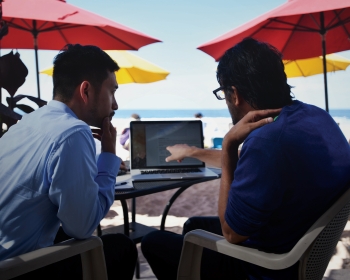
Among the Aerospace experts focusing on AI are Dr. Terence Yeoh and Dr. Nehal Desai, who are spearheading a project that promises to accelerate the understanding and adoption of AI technologies.
The project, launched as part of the XPRIZE competition, focuses on designing an AI that can dream—meaning it is a machine learning system that can learn and provide plausible solutions with very little initial information.
For example, Yeoh and Desai are using the AI algorithm to address the problem of illegal poaching—not just how to locate and intercept the poachers, but how to analyze the economic incentives that provide benefits to the poachers. It then “dreams” up solutions to stop the poaching and provide replacement income to the poachers, such as establishing an ecotourism industry, which works only if there are thriving endangered species in the area.
This article was featured in the Aerospace 2018 Annual Report.
